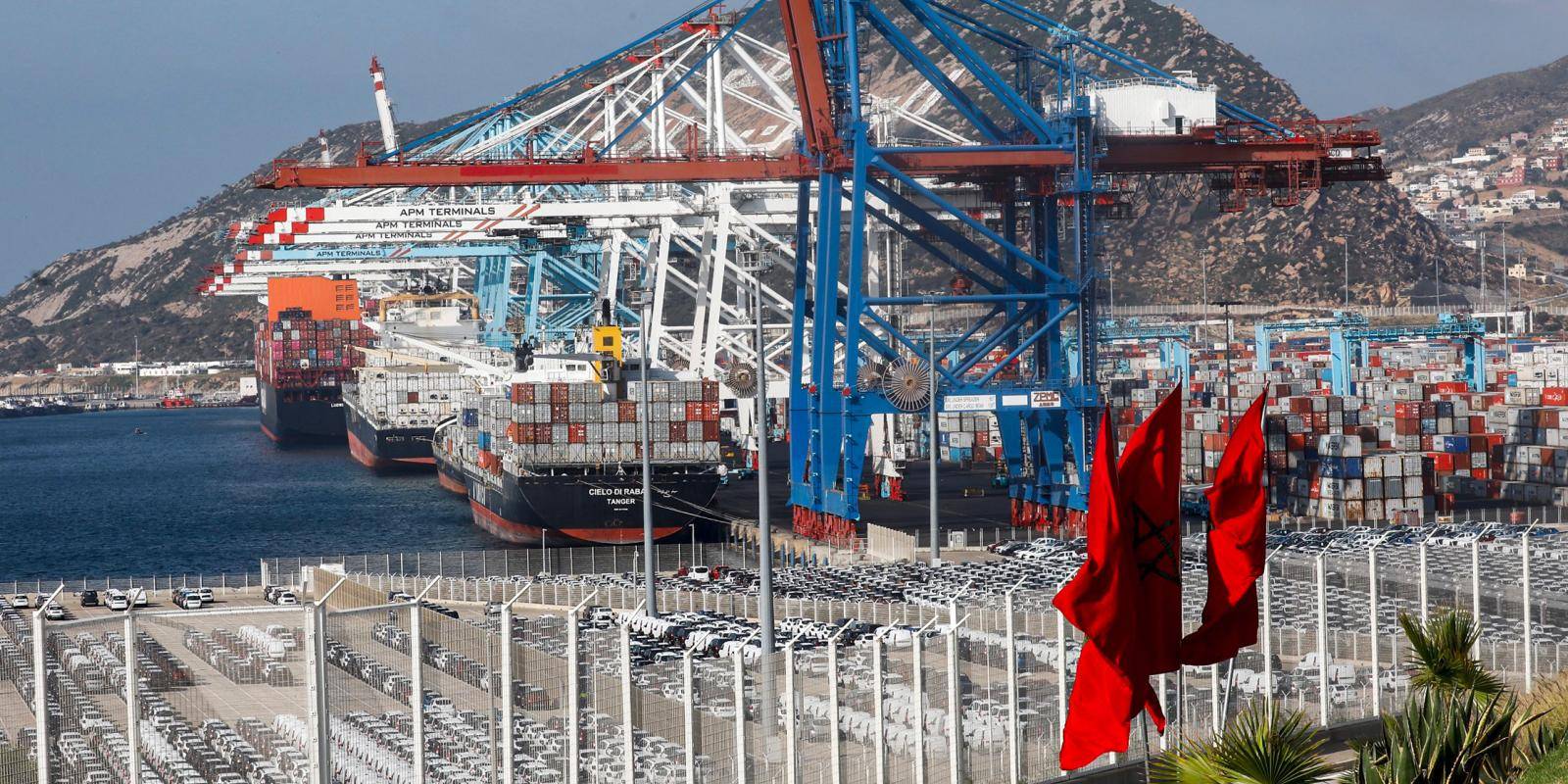David Lubin

As economists fret about whether we face a big or a small global recession, and whether we’ll face it sooner or later, it is worth bearing in mind that trade is already showing signs of deep stress. Risk appetite towards emerging economies might be shaken as a result.
The annual growth rate of global import volumes turned negative late last year, remained negative in early 2023 and there are few reasons to think that things will improve. As long as that’s true, it will be open, trade-dependent economies – especially in the developing world – that get hit hardest.
The reasons for muted growth
There are three main reasons why trade growth seems so muted these days. The first is that we’re simply suffering a trade hangover after a COVID-era surge. That surge can be largely pinned on the different economic policy responses adopted in the pandemic.
While the US and other liberal governments were bent on using fiscal transfers to shore up citizens’ purchasing power, China’s approach was more characterized by getting workers back into factories.
China aimed to boost supply, while its trading partners boosted demand. The result was an acceleration in trade growth the likes of which we hadn’t seen since the economic recovery that followed the 2008 financial crisis.
In other words, China aimed to boost supply, while its trading partners boosted demand. The result was an acceleration in trade growth the likes of which we hadn’t seen since the economic recovery that followed the 2008 financial crisis.
A second reason for the trade slump is the evident switch in expenditure, especially in advanced economies, from goods to services. There are only so many new TVs and computers one can buy in a short space of time, and services are less traded.
Third, trade growth is being undermined by the nature of China’s economic recovery. Since this is essentially a ‘stimulus-free’ recovery so far, a big part of the spending increase in China today is on services, rather than on officially-funded investment spending that tends to generate a much bigger import bill.
And since confidence is so weak in China, what is called ‘consumption downgrading’ – or more prosaically, bargain-hunting – is a widespread phenomenon among Chinese households. Without a ‘big bazooka’ stimulus from Beijing, this is unlikely to change.
A poor outlook
Why won’t things get better? A couple of factors are worth mentioning. The first is the deteriorating outlook for global demand.
Global economic growth this year looks as if it will come in at around 2.3 per cent, and next year will almost certainly be weaker than this, not least because big central banks are, in effect, aiming to induce slowdowns to regain control over inflation.
The last time the world saw two consecutive years of sub-2.5 per cent growth was more than a generation ago, in 1992-1993.
A slowdown in growth will certainly create a more hostile environment for trade, and it is worth pointing out just how bad is the global demand environment that we’re entering. The last time the world saw two consecutive years of sub-2.5 per cent growth was in the wake of the financial crisis.
Another reason why it’s not easy to be optimistic about trade is simply that we’re in a world that is clearly beyond ‘peak globalization’, a fact that has been putting downward pressure on global trade growth for more than a decade now.
In the early 1980s, world exports were equivalent to some 15 per cent of global gross domestic product. Globalization took that ratio to 25 per cent just around the time of the 2008 crisis, after which a steady decline set in, bringing it down to 20 per cent in 2020.
Another way of illustrating this sagging of global trade is to consider the relationship between global trade growth and global GDP growth.
In the 10 years to 2020, the average rate of global trade growth fell below that of global GDP growth: this was the first decade since the second world war for which that statement holds true.
Emerging economies will suffer
When the rate at which the world is integrating falls short of income growth, the countries that rely most on that integration – emerging economies – will suffer disproportionately.
The World Trade Organization thinks that global trade growth will once again fall below GDP growth in 2023, and rising protectionism, geopolitical tension and the localizing of supply chains might well make this true for the foreseeable future.
What that means is that if you’re a developing country without the cosmic good luck of being situated next to a big market – like Mexico, say – your chances of attracting export-related industries might now be constrained.
Whatever one thinks of globalization, it offered the hope that an emerging economy anywhere might attract long-term capital that could raise income levels by boosting exports.
Whatever one thinks of globalization, it offered the hope that an emerging economy anywhere might attract long-term capital that could raise income levels by boosting exports.
Those prospects look grim now, and not just for the next year or so.
This article was originally published in the Financial Times opinion section on 14 July 2023.
No comments:
Post a Comment